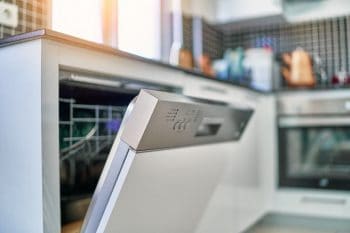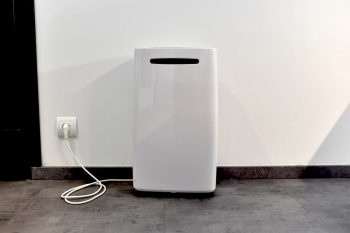
Installing a washer and dryer under a counter is a practical and space-saving solution, especially in small apartments or homes. However, the process can seem daunting if you’re not familiar with it. This comprehensive guide will walk you through each step of the process, from choosing the right appliances to ensuring proper ventilation and addressing common issues.
Installing a washer and dryer under a counter involves choosing compact appliances, measuring the space to ensure it is larger than the combined dimensions of the appliances, and leaving enough room for ventilation and maintenance access. Slide the washer into place, connect the water supply hoses, attach the drain hose, move the dryer into place, connect the exhaust vent, and plug in the appliances. Ensure proper ventilation and plumbing, and run a test cycle to check functionality.
Choosing the Right Appliances
When installing a washer and dryer under the counter, compact models are typically the best choice. These appliances are designed to fit into tight spaces and can often be installed side by side. Models such as the Bosch 300 Series WAT28400UC washer and WTG86400UC dryer are popular choices due to their reliability and size. Other options include the Electrolux EFLS210TIW and EFDE210TIW, as well as the Miele W1 and T1.
Measuring and Preparing the Space
Before you can install your washer and dryer, it’s essential to measure the available space under the counter. The height, width, and depth of the space should be larger than the combined dimensions of the washer and dryer. Additionally, you should allow for at least 1 inch of space on each side of the appliances and 4 to 6 inches of space behind them for proper ventilation and maintenance access.
Installation Process
Once you’ve chosen the right appliances and prepared the space, you can begin the installation process. Here are the steps:
- Slide the washer into place and connect the water supply hoses to the hot and cold water faucets.
- Attach the drain hose to the standpipe, floor drain, or tub drain.
- Move the dryer into place, leaving enough room to connect the exhaust vent to the dryer and the external venting system.
- If you have a gas dryer, connect the gas line.
- Plug the appliances into the nearby electrical outlets and run a test cycle to ensure they are functioning properly.
Ensuring Proper Ventilation and Plumbing
Proper ventilation and plumbing are crucial for the safe and efficient operation of your washer and dryer. Make sure there is enough space around the appliances for airflow, and use rigid pipe for the dryer vent to avoid the risk of fire. Additionally, ensure that you have hot and cold water faucets and a drain line within 4 feet of the washer.
Troubleshooting Common Issues
If you encounter any issues during or after the installation process, try the following troubleshooting tips:
- Check that your system meets the appliance’s requirements.
- Verify the installation source.
- Uninstall and reinstall the program if necessary.
- Check for program updates or new versions.
- Review the installation guide to ensure you’ve followed all the steps.
- Update your operating system and drivers to the latest versions.
Remember, if you’re unsure about any aspect of the installation process, it’s best to hire a professional. This ensures a safe and proper setup, and it can save you a lot of time and stress. By following this guide, you’ll be well on your way to installing a washer and dryer under your counter.
Frequently Asked Questions
Can I install any type of washer and dryer under my counter?
No, not all models are suitable for under-counter installation. Compact models, designed specifically to fit into narrow spaces, are typically the best choice. Make sure to check the manufacturer’s specifications before purchasing.
How much space should I leave around my washer and dryer for proper ventilation?
It’s recommended to leave at least 1 inch of space on each side of the appliances and 4 to 6 inches of space behind them. This ensures proper ventilation and allows for maintenance access.
Can I install the washer and dryer myself, or do I need a professional?
It’s possible to install a washer and dryer yourself if you’re comfortable with basic plumbing and electrical work. However, it’s often safer and more efficient to hire a professional, especially if you’re not familiar with the process.
What should I do if my washer or dryer isn’t working properly after installation?
If you’re experiencing issues, first check that your system meets the appliance’s requirements and that you’ve properly followed the installation guide. If the problem persists, it might be necessary to uninstall and reinstall the appliances, or check for program updates. When in doubt, consult with a professional.
What are the plumbing requirements for installing a washer under the counter?
You need to have hot and cold water faucets and a drain line within 4 feet of the washer. If these aren’t already in place, you may need to hire a plumber to make the necessary adjustments.












